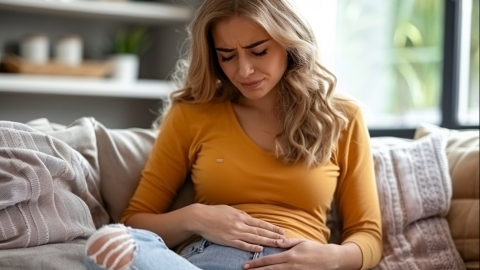Can loofah veins be used to treat dysmenorrhea?
Generally speaking, loofah tendons cannot treat dysmenorrhea, which should be addressed through proper medical approaches. The detailed explanation is as follows:

Dysmenorrhea is divided into primary and secondary types. Primary dysmenorrhea is often related to increased prostaglandin secretion and abnormal uterine contractions, while secondary dysmenorrhea may be caused by conditions such as endometriosis and adenomyosis. As part of food ingredients, loofah tendons mainly contain dietary fiber and do not include effective components that specifically alleviate dysmenorrhea. They cannot fundamentally improve the pathological mechanisms of dysmenorrhea, and relying solely on consuming loofah tendons will not achieve the purpose of treating dysmenorrhea.
If one blindly relies on so-called "folk remedies" like loofah tendons during menstruation, it may delay the diagnosis of underlying causes of secondary dysmenorrhea and result in missing the optimal treatment window. For dysmenorrhea, appropriate medical treatments, such as medication and lifestyle adjustments under a doctor's guidance, should be adopted based on the specific causes to effectively relieve pain.
If experiencing dysmenorrhea, timely medical consultation is necessary to identify the underlying cause, and scientifically based treatment plans should be followed. One should not believe in unscientific folk remedies and avoid worsening symptoms or delaying treatment due to improper management.





